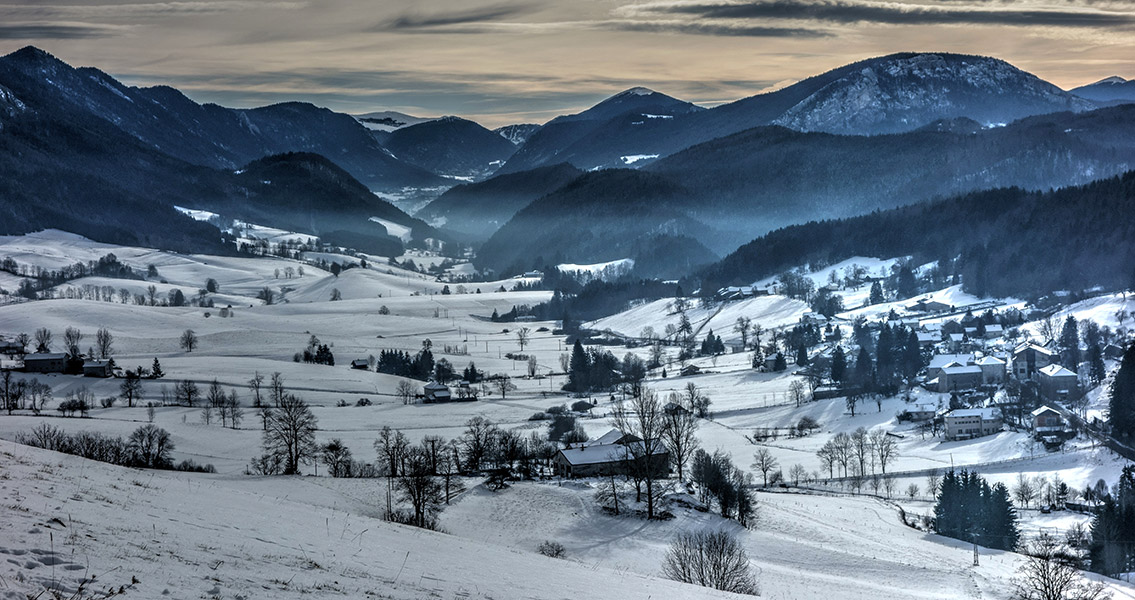<![CDATA[Archaeologists from the University of York working at Abri Faravel recently produced digital scans of the prehistoric rock paintings there, paintings found at the highest elevation in Europe – over 2,100 meters (6,890 feet) above sea level. Using innovative technology, with a very low-tech power source (car batteries), the team was able to produce virtual models of the archaeological environment using white light and laser scanners. Abri Faravel is a small rock overhang located in the French Alps where, in 2010, researchers discovered paintings which included parallel lines and what looked like two animals that are facing each other, on the underside of the overhang. Excavations at the site have unearthed evidence of human activity beginning in the Mesolithic (10,000 BCE to 5,000 BCE) and extending well into the Middle Ages. The recent scans are believed to be the only virtual models completed at this altitude. The scans allow the viewer to navigate their way through a 3D model of the plateau on which the rock shelter sits, they can even zoom in on the actual rock art. Utilizing this model, viewers can see for themselves that the ceiling paintings only become visible when you’re beneath the rock overhang – they can’t be seen at all from outside the shelter. Other artifacts of a rich history have been discovered across the plateau as well, including Mesolithic flints that provide evidence of hunting in the area. Researchers speculate that at the time the paintings were done the shelter would have been located at the edge of a forest, below the tree line, where game would have emerged. Evidence of farming and hunting in the Neolithic period (5500 BCE to 2800 BCE) has been found in the valleys which lie below the plateau as well as one Late Neolithic arrowhead found far above Abri Faravel at 2,500 meters (8,202 feet). Stone structures were built on the plateau during the Bronze Age, structures which might have been used by ancient dairy farmers as places to make cheese or as animal pens. Iron Age pottery was also discovered at the rock shelter, some pieces dating from 243 BCE to 206 BCE and others to 191 BCE through 38 BCE. Sometime between 315 CE and 420 CE boulders were arranged in a semicircle and a pole was installed at the entrance to the rock overhang, possibly to support a covering to expand the sheltered area. The key to the ancient artwork surviving more than two millennia has been the rock overhang, which has kept the area underneath away from any direct exposure to the elements. The research at Abri Faravel is one piece of a bigger collaborative project to investigate human activity and its development at the high altitudes found in the southern Alps over the past 8,000 years, currently being conducted by the University of York and the Centre Camille Jullian, Aix-en-Provence, France. The paintings, however, remain the site’s most intriguing and unique features. The scans have been published in the open access journal, Internet Archaeology. The virtual model is available here]]>
Prehistoric Rock Paintings Seen in Living Color
